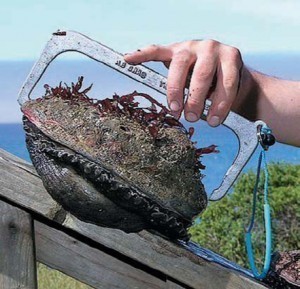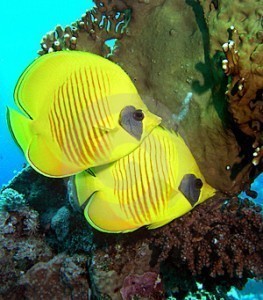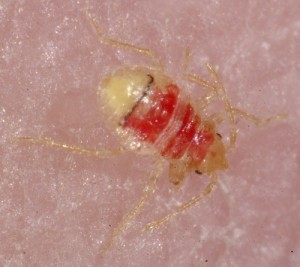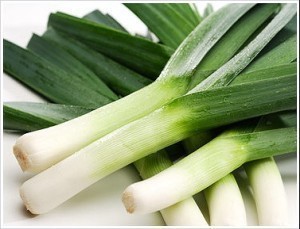Abalone Sizes
The size of the abalone starts at 20 mm and can reach 200 mm.  There are over 100 species, and the size can vary. However they rarely go over 200 mm.
There are over 100 species, and the size can vary. However they rarely go over 200 mm.
Classification
The abalone is an edible snail belonging to the Haliotidae family. The Haliotidae family does not have any subfamily. The abalone is also known by several names, including Venus’s-ears, ear-shells, and sea-ears. In Australia they are known as muttonfish. In New Zealand they are called p?ua while in South Africa the snail is called perlemoen.
Physical Characteristics
The shells have an open spiral formation. It is noteworthy for the respiratory pores found at the external edge. The size of the abalone, however, is not what makes its attractive.
Rather it is the shell’s inner layer. It is comprised of mother-of-pearl. Very often this has shimmering colors. This makes the shells ideal as ornamental decorations.
The shell itself is somewhat flat or arched. Overall the shell has an ear-shape, which is where it gets the name. There are at least two or three whorls present. This in turn has holes around the anterior margin.
The colors vary per species. Among the most common are pink, silvery white, green-red and red. Other shells are various shades of blues, purples and greens.
Behavior
While the size of the abalone may differ per species, their tendencies are pretty well established. They are found alongside rough terrain at sublittoral depths. However there used to be some species in the intertidal zone.
The snail is known for being fertile. They produce eggs from a minimum of 10,000 up to 11 million simultaneously. Studies have shown that a third of the weight is shell; another third is offal and the remaining third meat.
Diet
The adult abalone is an herbivore. Their diet consists of brown or red algae. They use their rhipidoglossan radula to eat. The holes at the shell’s top are where the wastes are discarded.
Distribution
The snail is found in the coastal waters of all the continents. The only exception is the US east coast, the South America’s Atlantic coast and also the Caribbean.
Most of these snails are located in low temperature waters. In particular they are prevalent off the coasts of Australia, New Zealand and South Africa. The abalone is present in Japan and western North America.
Diseases
The abalone is susceptible to various ailments. One of the deadliest is the abalone viral ganglioneuritis (AVG). The creatures are also hemophiliacs. The reason is that the liquid will not clot in case of a wound.
Decoration
The colorful inner shell layer has made it popular for use as a jewelry accessory. It is also added to musical instruments. In particular the item is used to decorate guitars.
No matter what the size of the abalone may be, the fact remains that it is a highly valued food in countries all over the planet. This has had a negative effect on its population. To combat the threat of extinction, governments around the world have imposed restrictions in its export.





